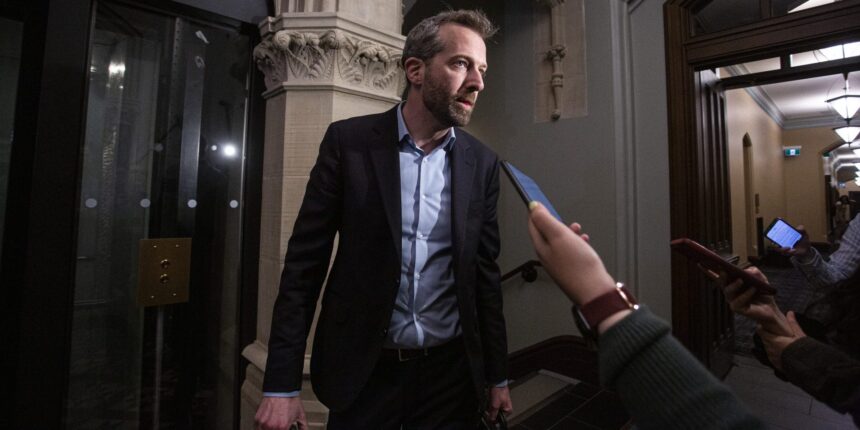In a significant escalation of oversight efforts, Public Services and Procurement Canada (PSPC) has referred two new suspected procurement fraud cases to the Royal Canadian Mounted Police while simultaneously launching legal action against a prominent government contractor’s subcontractor over questionable billing practices. This marks a turning point in federal contracting accountability as authorities intensify scrutiny over how taxpayer dollars are allocated in the multi-billion-dollar government procurement system.
“When public funds are potentially misused, it’s not just a financial issue—it’s a breach of public trust,” said Martin Cleroux, spokesperson for PSPC, in an exclusive interview with CO24. “Our department is committed to maintaining the integrity of Canada’s procurement system through rigorous oversight and enforcement actions when necessary.”
The legal proceedings target a subcontractor of GC Strategies, a consulting firm that has secured numerous lucrative federal contracts over the past decade. Court documents filed in the Federal Court of Canada allege systematic overbilling practices, including charging for undelivered services and inflating hourly rates beyond contractual agreements.
These cases emerge amid growing concerns about procurement practices across multiple federal departments, with the Auditor General’s office previously flagging significant deficiencies in contract management protocols. According to government records obtained through Access to Information requests, federal procurement fraud investigations have increased by 37% since 2021.
The alleged irregularities primarily involve IT modernization projects, where the government has invested over $3.2 billion in the past five years. Financial analysis shows these contracts frequently exceeded initial budget projections by an average of 42%, raising red flags about oversight effectiveness in Canadian government spending.
“The procurement system’s complexity creates vulnerabilities,” explained Dr. Amelia Richardson, public administration professor at Carleton University. “When contracts pass through multiple subcontractors, accountability becomes diffused, and opportunities for financial impropriety multiply.”
The court filings detail how the subcontractor allegedly created “shadow billing” structures that obscured the actual cost of services while creating artificial markup opportunities. In one particularly troubling instance, junior consultants were allegedly billed at senior consultant rates, resulting in a price differential of over $450 per hour.
These developments come as Parliament’s Government Operations Committee continues its investigation into federal procurement practices, with several witnesses testifying about systematic weaknesses in contract oversight mechanisms. Committee Chair Julian Martinez has indicated the findings may lead to legislative reforms aimed at strengthening transparency requirements for government contractors.
Industry insiders suggest these cases represent only “the tip of the iceberg” in procurement irregularities. Whistleblower protections implemented in 2019 have enabled more government employees to come forward with evidence of contracting improprieties without fear of reprisal.
The federal government spends approximately $22 billion annually on contracted services, with information technology representing the fastest-growing segment of this expenditure. As digital transformation initiatives accelerate across departments, the potential financial exposure to contracting fraud increases proportionally.
Treasury Board President Jean-Yves Duclos announced last month that his department would implement enhanced vetting procedures for high-value contracts, including mandatory disclosure of all subcontracting arrangements and more detailed performance reporting requirements.
As these legal proceedings unfold, Canadians are left wondering: in an era of fiscal constraints and economic uncertainty, can our procurement system be reformed to ensure taxpayer dollars deliver their intended value, or will systematic vulnerabilities continue to undermine public trust in government spending?










